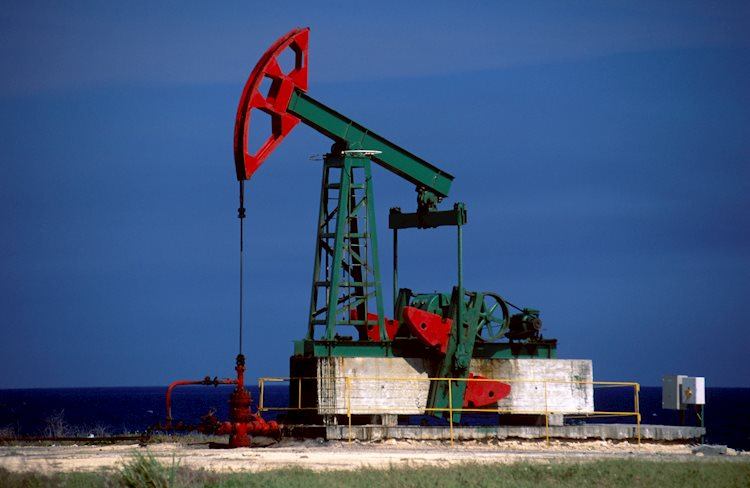The International Energy Agency (IEA) said in its latest monthly oil market report that if the OPEC+ stalemate continues, “oil markets will tighten significantly,” adding that “production quotas will remain at July levels.”
To 2.945 billion barrels, OECD industrial stockpiles increased by 18.1 million barrels in May, 75.8 million barrels less than the 2016-2020 average.
Industry stocks declined by 21.8 million barrels in June, according to preliminary statistics from the United States, Europe, and Japan.
Last year’s overhang in global oil stocks has already been worked off.
According to preliminary estimates, the third quarter of 2021 could witness the greatest crude oil stock draw in at least a decade.
In June, world oil supply increased by 1.1 million barrels per day (bpd) to 95.6 million bpd, as OPEC+ loosened output limits and non-OPEC production increased.
In June, global oil demand increased by an estimated 3.2 million barrels per day to 96.8 million barrels per day.
High fuel prices could exacerbate inflation and jeopardize an already shaky economic recovery.
The possibility of a market share struggle between producers looms large over markets, even if it is remote.
Oil prices are likely to continue turbulent until OPEC+’s output policy is clarified.
Oil demand is expected to increase by 5.4 million barrels per day in 2021, and by another 3 million barrels per day in 2022.
Volatility is not helpful to energy transitions, neither for producers nor for consumers.
A important downside risk is the escalation of covid cases in a number of nations.
The IEA report had no impact on WTI, which remained at daily highs of $74.62.
At the time of writing, US oil was trading at $74.55, up 0.62 percent on the day./n





